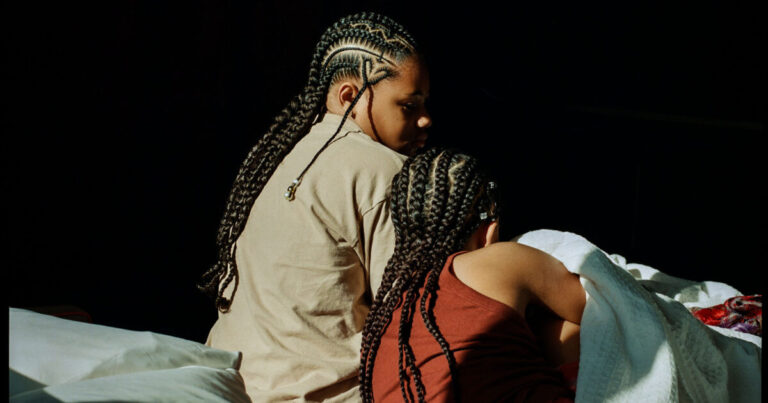1. Discrimination against people with coarse hair
2. Social preference for people with straighter, looser hair
How does it affect people?
This prejudice not only hurts self-esteem; It leads to discrimination at school and work. Last year, for example, a high school student in Texas was suspended from school for not cutting his hair. A 2023 study by the CROWN Coalition, an organization that works to end discrimination based on hair, found that black women’s hair was 2.5 times more likely to be considered unprofessional than other women’s hair, and it was considered a barrier to advancement opportunities. It was found that it had a negative impact on
Like colorism, texturalism is also rooted in Eurocentric standards of beauty and creates divisions between and within marginalized groups. For example, in many black communities, people with tightly curled hair experience more prejudice than those with naturally loose curls.
This practice of dehumanizing people based on their hair dates back to colonial times. During slavery, black people were often required to shave their heads or cover their hair. In 1786, the Spanish governor of Louisiana passed the Tignon Law, requiring black and Creole women to cover their hair with a scarf (or tignon) as a sign of subordination. From the 1860s to the 1960s, hundreds of thousands of Native American children were forced by the federal government to attend boarding schools, where they were subjected to forced haircuts. Other forms of cultural erasure.
Some states have attempted to outlaw race-based hair discrimination through Crown Acts, which were adopted in half the country in 2019, starting with California. At the national level, the bill was reintroduced in May by Representative Bonnie Watson Coleman (DN.J.).
Advocates have made a lot of progress with the CROWN Act, but more lawmakers need to step up. Socially, we have a long way to go in eliminating the stigma against certain hairstyles. A good first step is to recognize that these biases are real and affect our economic, social, and mental health. Hairstyles like braids, Bantu knots, and lock-and-twists have been around for centuries, and many people still use them to protect their hair from the elements, lock in moisture, and promote healthy growth. wear them on. It’s also important to remember that hair is about expression, respecting culture, expressing style and creativity. That’s great.

